A maravilhosa costa da ilha
das Flores [ Azores]
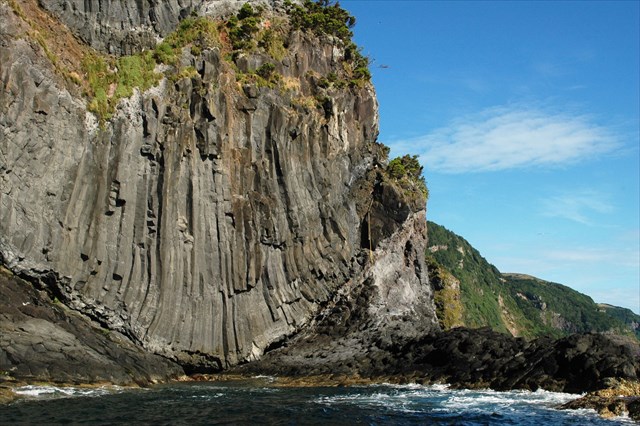
EARTHCACHE

PORTUGUÊS

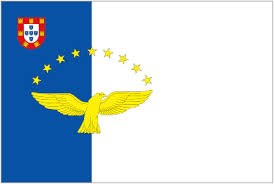
Uma “outra” Rocha dos Bordões…
Existem, no nosso planeta, muitos fenómenos associados às disjunções prismáticas, sendo as mais conhecidas as da Irlanda e da China.
No arquipélago dos Açores, os mais conhecidos são as “Pegadas de Gigante” em Santa Maria e a “Rocha dos Bordões” (tradicional) na ilha das Flores. Todavia também existe na ilha Terceira.
Na ilha das Flores, existem muitos locais, com “disjunções prismáticas”. Uma delas é submarina, na zona do Cabouco. Outra é esta, situada na Fazenda de Santa Cruz, perto do ilhéu da “Baixa do Moinho”.
.
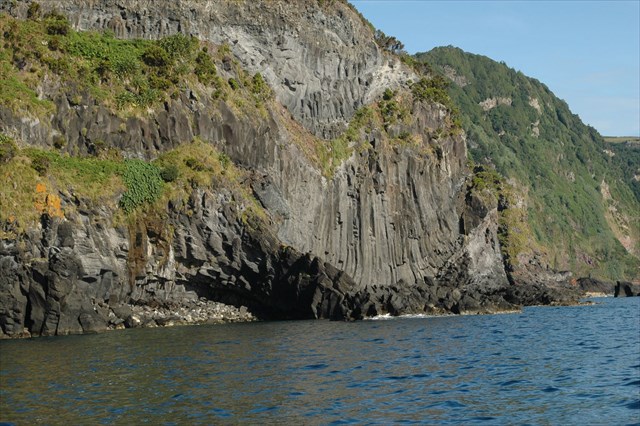
DISJUNÇÃO PRISMÁTICA
Disjunção prismáticaou disjunção colunar (paisagem de origem basáltica) é um processo geológico tectónico que se dá quando, ao arrefecer de alta temperatura, o basalto sofre tensão por contração e fragmenta-se em colunas com forma de prismas, geralmente em sentido perpendicular à superfície de arrefecimento e com a forma de prismas hexagonais, quase perfeitos, que se geram no seio da escoada.
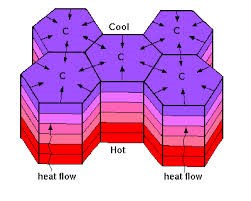
Após uma erupção, a lava escorre e arrefece rapidamente nos bordos. O interior continua muito quente. As diferenças de temperatura fazem com que, o basalto, se parta em prismas hexagonais perfeitos. Este fenómeno tem a ver com a viscosidade dos materiais e com as altas e bruscas variações de temperatura, a que são sujeitos.
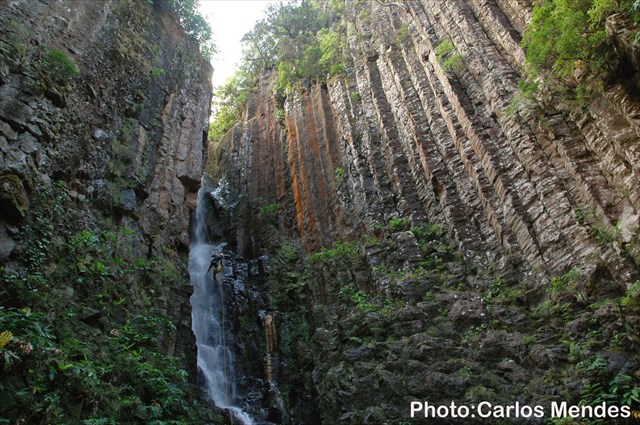
Por ocorrer geralmente (mas não neste caso…) na superfície, o padrão geométrico regular na tem aspeto peculiar de calçamento. Ocorre geralmente em materiais de origem ígnea, sills, diques de rochas básicas ou intermediárias.
Com a erosão do cone vulcânico os prismas aparecem à superfície e a erosão começa a atuar com maior facilidade nas diáclases. Ao longo de milhões de anos estes prismas arredondam as suas arestas e vértices, devido à ação da erosão causada pelo sol e pela água da chuva, até ficarem com um aspeto aparentemente cilíndrico que fazem lembrar órgãos de igreja, daí o nome órgãos basálticos.
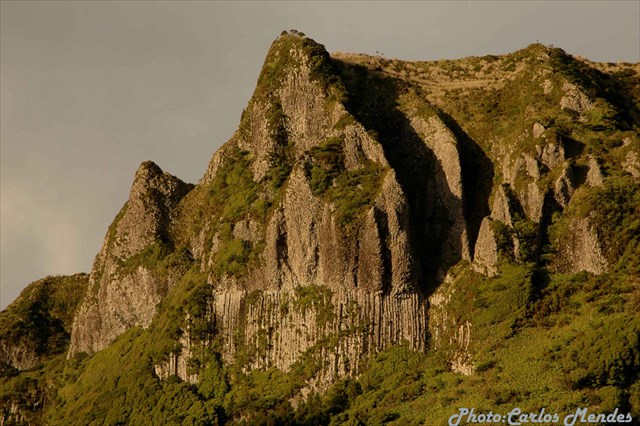
As Sete Maravilhas das Flores
A população das Flores, escolheu, entre 21 locais nomeados, os sete sítios mais bonitos.São eles: o ilhéu do Monchique, a Gruta do Galo, a Gruta dos Enxaréus, a Caldeira Negra, a Caldeira da Lomba, o Poço do Bacalhau e a Rocha dos Bordões…, mas há mais “Rochas dos Bordões”…

PARA REALIZAR E REGISTAR ESTA EARTHCACHE:
Para “encontrar/registar” esta cache deverá: provar que esteve no local e responder às seguintes questões, enviando um email/mensagem de Geocaching, com as respostas, em português ou em inglês, para o nosso perfil.
Só depois, de enviar as respostas, e conforme as “guidelines” para as Earthcaches, deverá efetuar o seu registo!
Serão removidos todos os registos que não obedeçam a estes requisitos.
a) Explique, por palavras suas, o que é e como se forma uma “disjunção prismática”.
b) Por que razão, numa disjunção prismática, os prismas têm formas hexagonais?
c) Classifique o tipo de rocha presente nesta falésia.
d) Por que razão, do ponto de vista geológico, existem, nas rochas do GZ, algumas com uma cor mais escura e outras com uma cor mais clara?
e) Qual o nome que se dá, à “língua de rocha” amarelada, em frente ao GZ (tipo: ilhéu comprido e baixo).
f) Estime a altura (comprimento) dos “bordões”, no GZ.
g) Faça uma estimativa da largura (comprimento horizontal) deste fenómeno.
h) Faça uma estimativa do número de “bordões” visíveis no GZ.
i) TAREFA OBRIGATÓRIA:Deverá tirar uma foto sua, onde você apareça (ou com um papel/placa onde conste o seu nickname e a data da visita) e que comprove a sua presença no GZ desta EC - NÃO METASPOILERS. Esta foto deverá ser colocada no seu registo ou enviada por email ou sistema de mensagens de Geocaching, para o owner!

Não responderemos ao seu contato, a não ser que haja algum “problema” com as suas respostas ou registo.

AGRADECIMENTOS:
Agradecemos a especial colaboração do amigo Carlos Mendes, bem como do
Professor Doutor Victor-Hugo Forjaz - Vulcanólogo de Engenharia, Jubilado
e do Observatório Vulcanológico e Geotérmico dos Açores (OGVA)



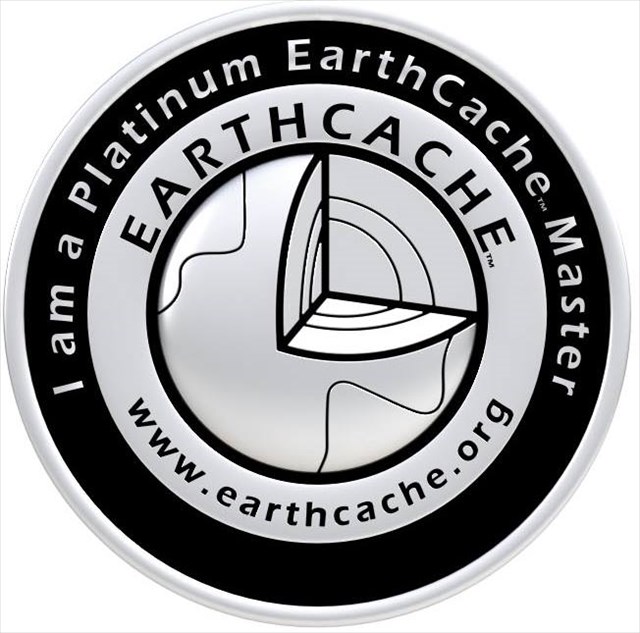

The beautiful coast of Flores [Azores]
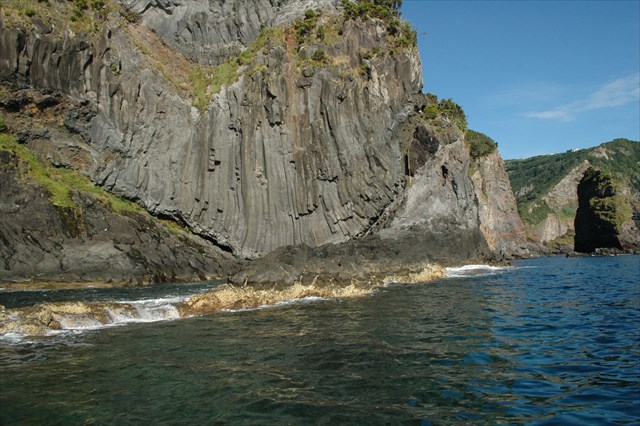
ENGLISH

EARTHCACHE
Another “Rocha dos Bordões”…
On our planet there are many phenomenons associated with prismatic disjunctions, the best known being those of Ireland and China.
In the Azores, the best known are the "Pégadas de Gigante” - Giant Footprints - in Santa Maria and the "Rocha dos Bordões" (traditional) on Flores. However there is also the island of Terceira.
On Flores, there are many places with "prismatic disjunctions." One is underwater, in Cabouco zone. Another is this located at Fazenda Santa Cruz, near the islet of "Baixa do Moinho".
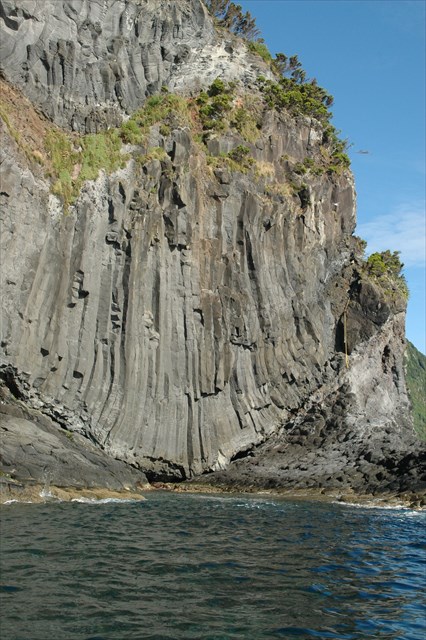 .
.
PRISMATIC DISJUNCTION
Prismatic disjunction or columnar jointing (basaltic landscape) is a geological tectonic process that takes place when, upon cooling from high temperature, basalt undergoes contraction tension and breaks up into columns with prisms, usually perpendicular to the surface and cooling the shape of almost perfect hexagonal prisms which are generated within the lower center.
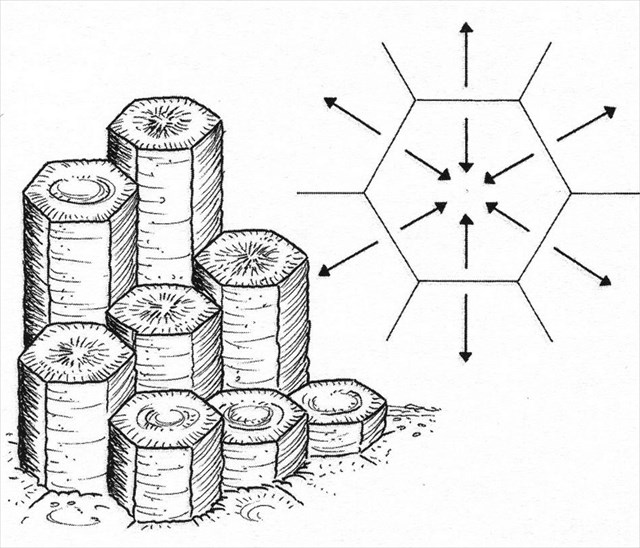
After an eruption, lava flows and cools quickly on the lips. The interior remains very hot. Temperature differences are such that, basalt, breaks in perfect hexagonal prisms. This phenomenon has to do with the viscosity of the materials and the high and sudden temperature changes to which they are subjected.
By generally occuring on the surface (but not in this case ...), the regular geometric pattern has the peculiar aspect of pavement. It usually occurs in igneous, sills, dikes of basic or intermediate rock materials.
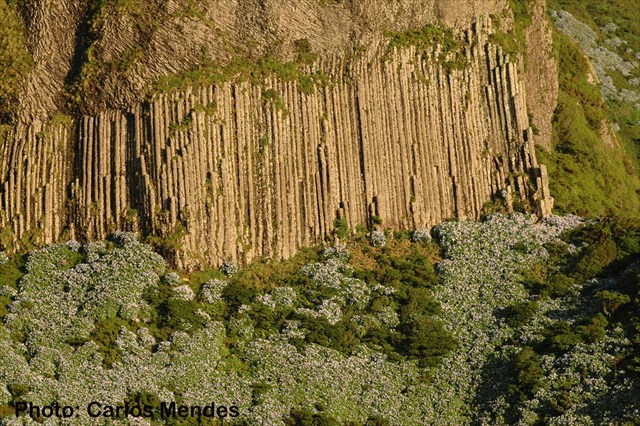
Over millions of years these prisms round their edges and vertices, due to the action of erosion caused by sun and rain water until they are with an apparently cylindrical appearance reminiscent of church organs, hence the name basaltic bodies.
Scientists and experts in the field think that the underwater prismatic disjunction, graduated in subaéreo environment. After the structure collapsed, giving it a "afundimento". In the case of this phenomenon (underwater prismatic disjunction), one has to take into account the heigh changes; ie: over thousands of years, the island "sunk slightly down" and "rose" at various times.
It should also take into account that in this case this phenomenon is still badly studied in relation to the island of Flores, who is not indifferent to the fact that this island, as well as the Corvo island, sitting in American plate (the contrary to the other Azorean islands, which belong to the European plate).
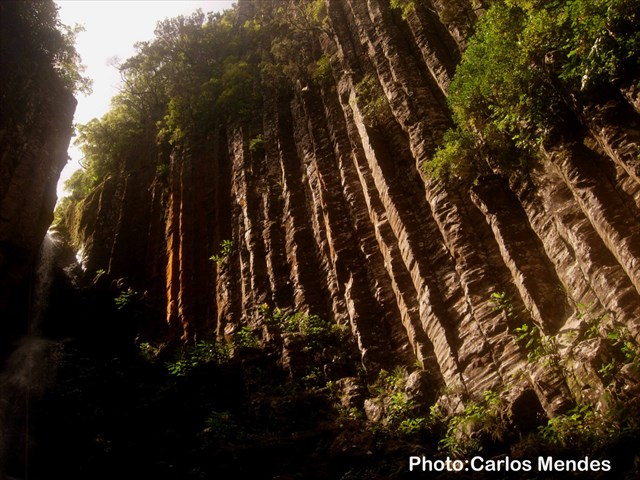
The Seven Wonders of Flowers
The population of Flores, chosen from 21 nominated sites, the seven most beautiful sites. They are: the islet of Monchique, the Cave of the Rooster, the Cave of Enxaréus, the Black Boiler, Boiler da Lomba, the Pit and the Rocha dos Bordões.

TO PERFORM AND LOG THIS EarthCache:
QUESTIONS:
To "find / register" this cache must: prove that visited the site and answer the following questions by sending an email / message Geocaching, with answers (in Portuguese or in English, only) to our profile.
Only later, sending the answers, and as the "guidelines" for EarthCaches should make your registration! They will be removed from all records that do not meet these requirements.
a) Explain, in your own words, how colmnar joiting is formed.
b) Why, does the prismatic disjunction, form hexagonal prisms?
c) Classify the type of rock present in this cliff.
d) Why, from a geological point of view, are there rocks at the GZ, some with a darker color and others with a lighter color?
e) What is the name given, to the "Rock’s Tongue” the 'yellowish part, in front of the GZ (type: long and low islet).
f) Estimate the height (length) of the "pipes", in GZ.
g) Estimate the total width (horizontal length) of this outcrop.
h) Estimate the total number of "pipes" present in the GZ coordinates.
i) TASK (not optional): You must take a picture of yourself, where do you show up, (or with a paper / plaque with your geocaching nickname and the date of the visit) and that proves your presence in the GZ of this EC - no spoilers please. This photo must be placed in your log or sent by email or Geocaching messaging system, to the owner!

We do not respond to your touch, unless there is a "problem" with their answers or register.




THANKS
We appreciate the special collaboration of the friend Carlos Mendes, and of the
Professor Victor-Hugo Forjaz - Volcanologist Engineering, Emeritus
and Volcanological and Geotermic Observatory of Azores (OGVA)
